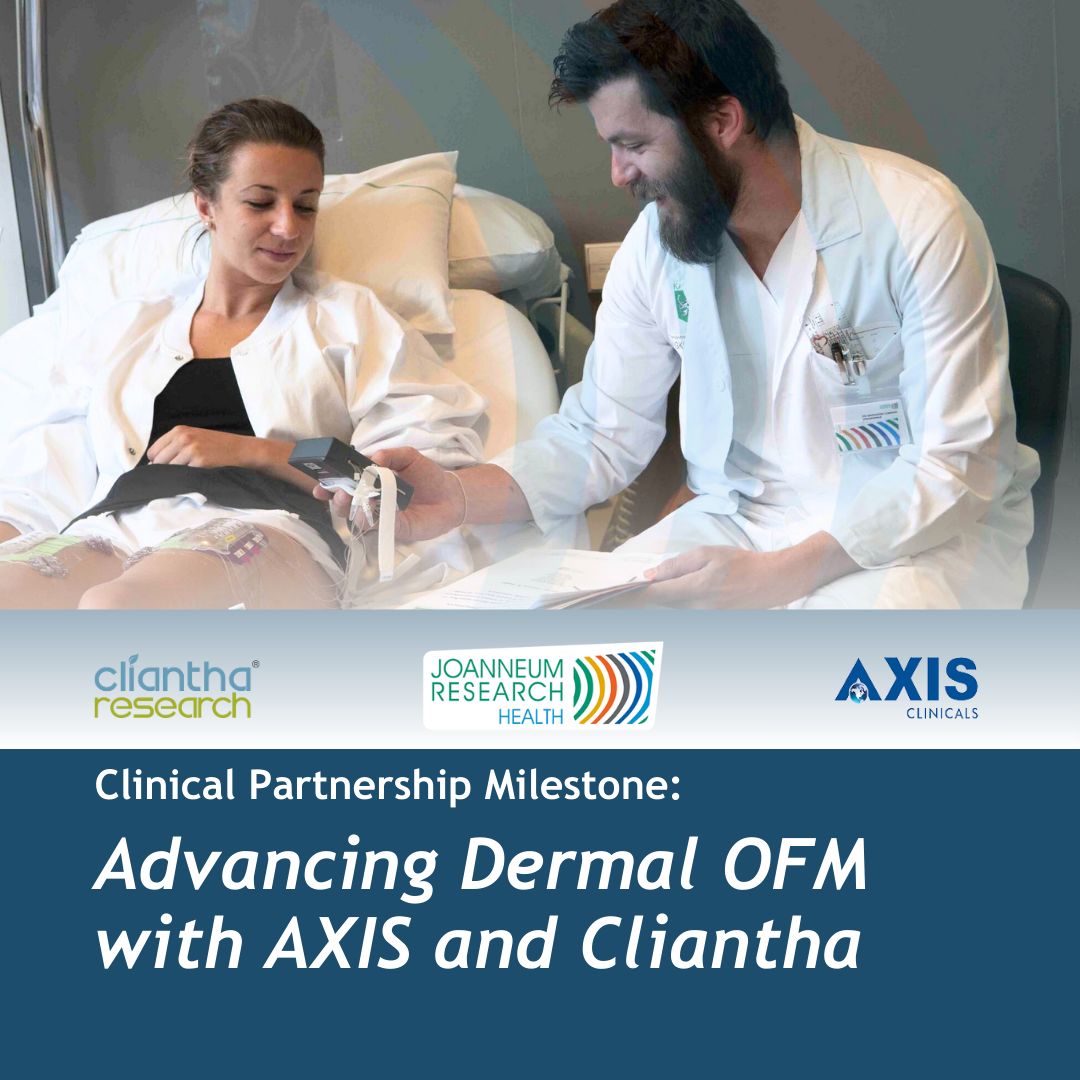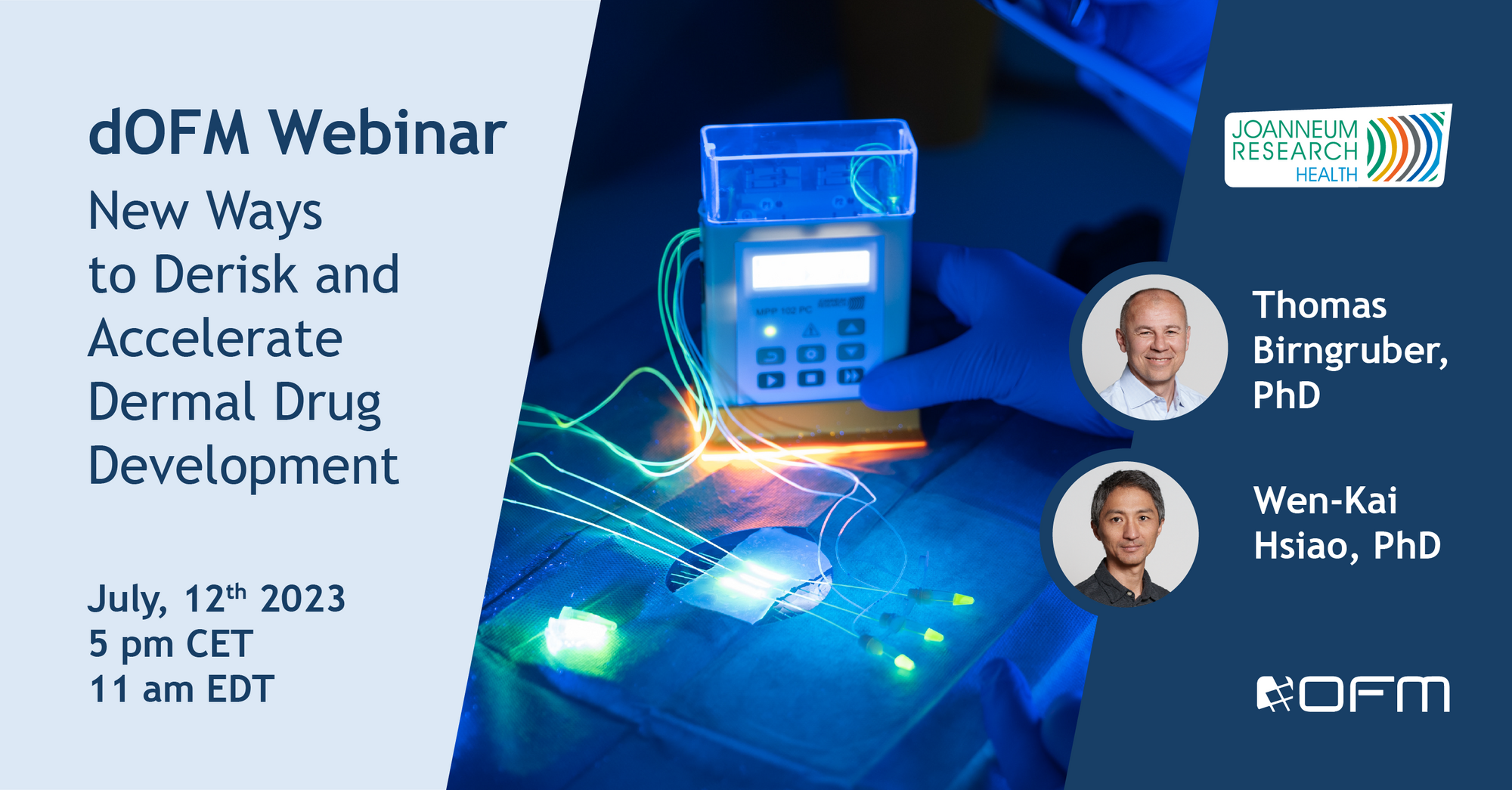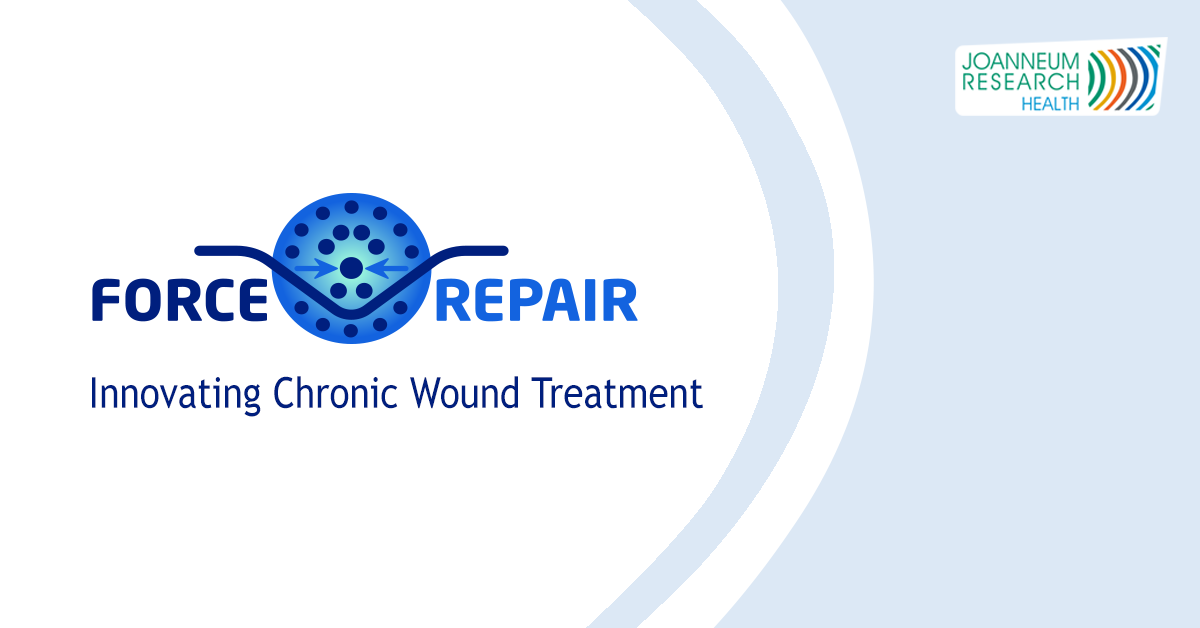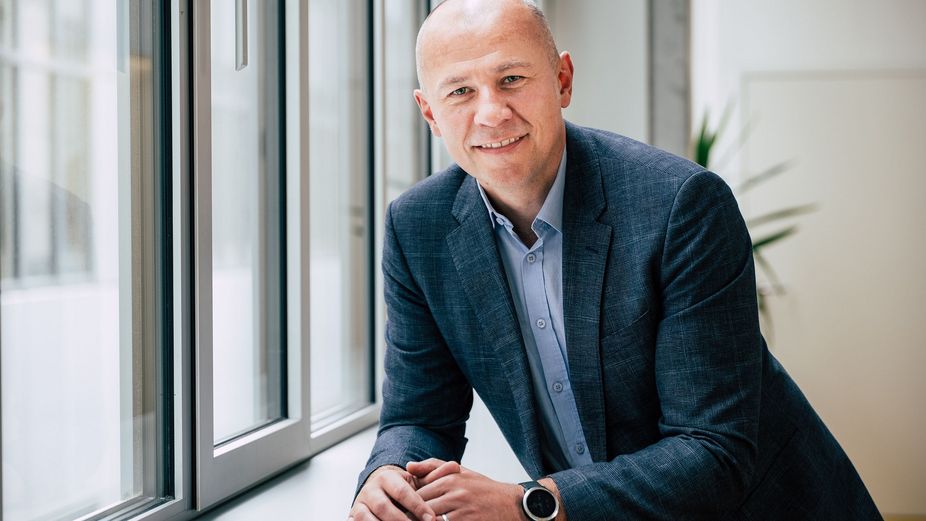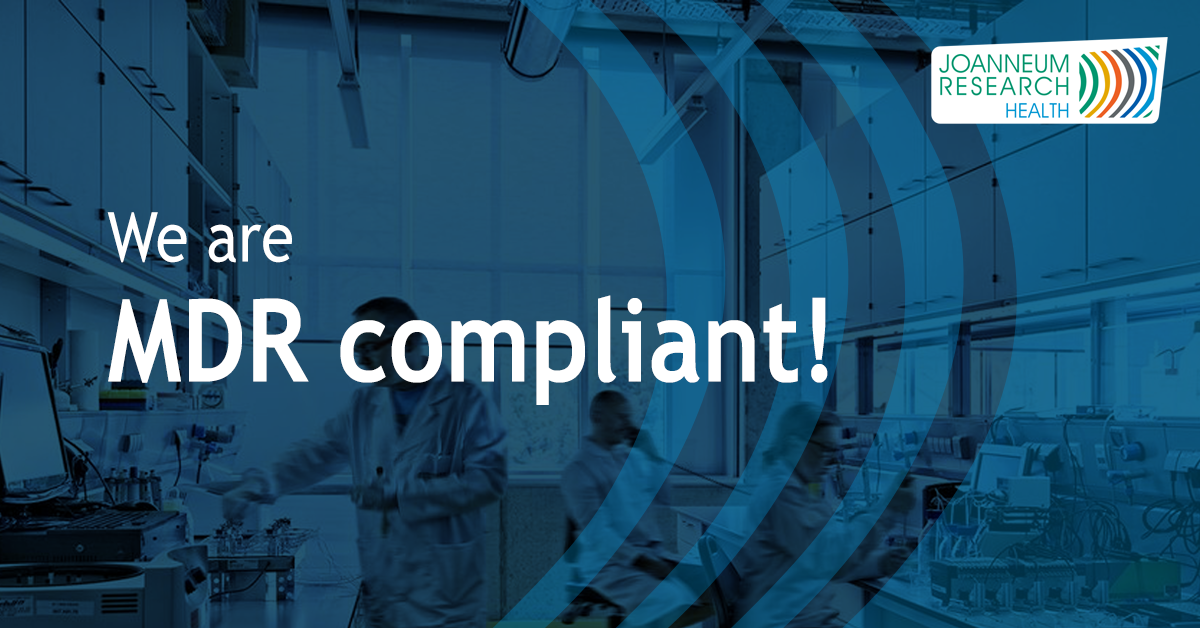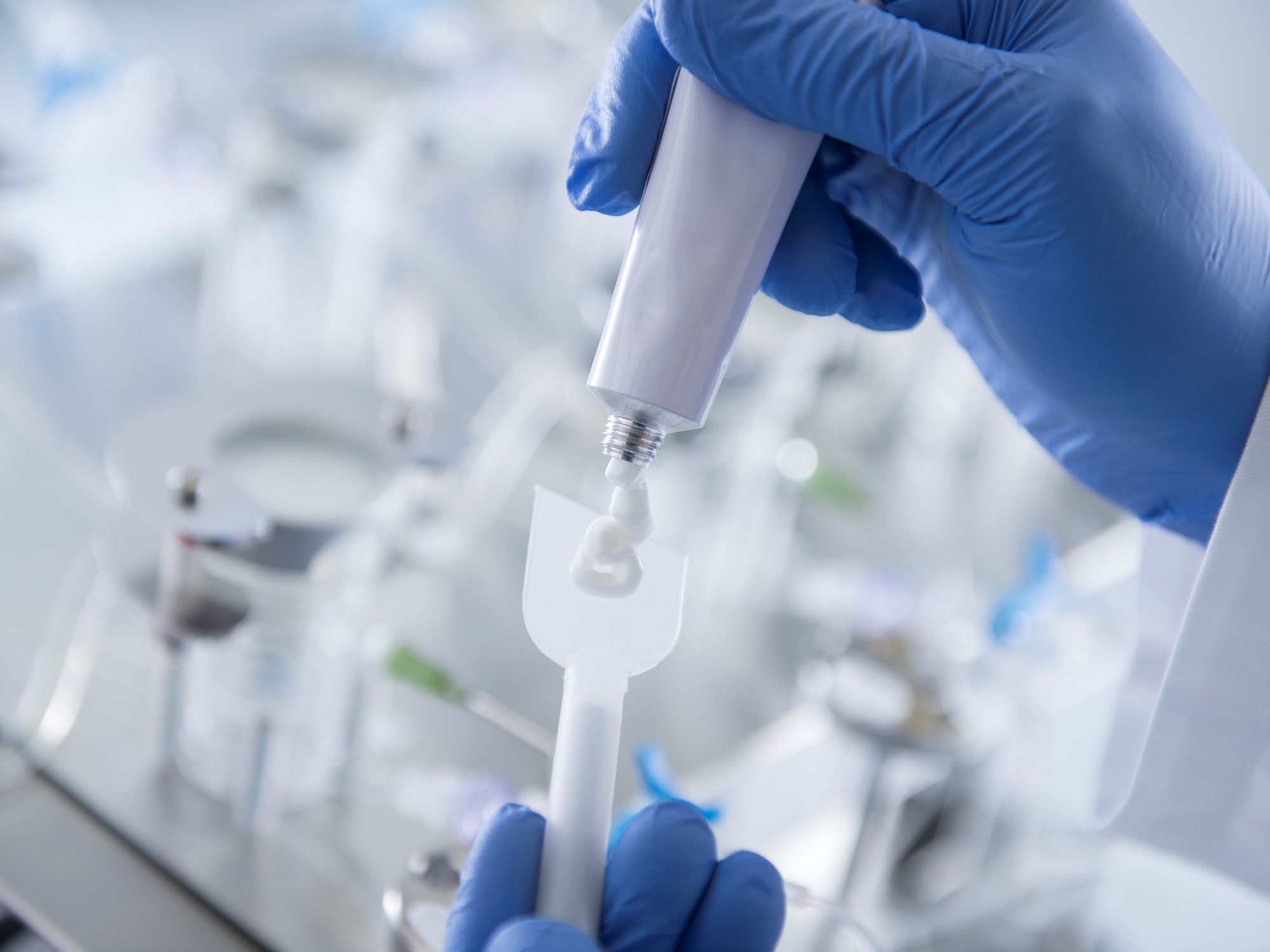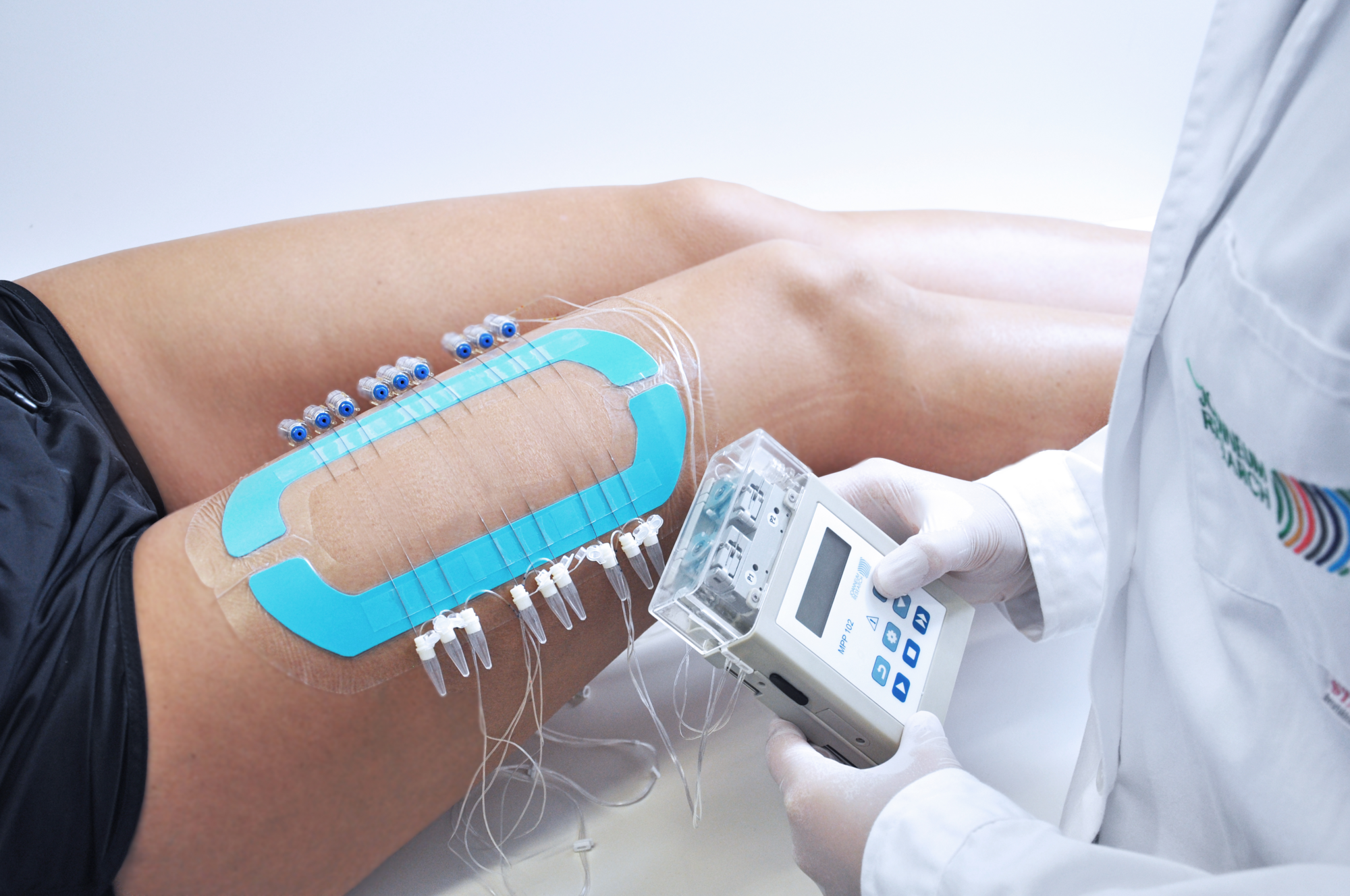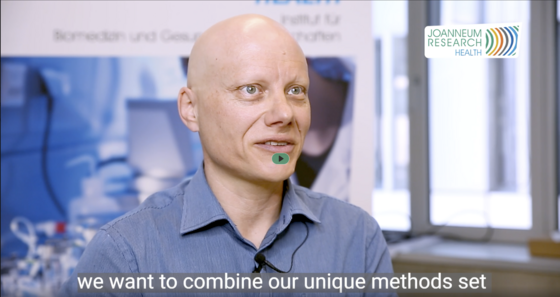Clinical Partnership Update
To increase the accessibility of dermal OFM technology for clinical applications, we have successfully developed a partnership with two clinical contract research organizations (CROs): AXIS Clinicals Ltd in the USA and Cliantha Research Limited in India.
We are happy to report that the tech-transfer/training processes for both CROs are progressing well and we are highly impressed by the professionalism of the AXIS and Cliantha teams.
Key Highlights:
1. Both AXIS and Cliantha are expected to be fully qualified to conduct clinical dOFM studies by July 2024.
2. John Pottier, Senior VP Business Development for AXIS, will be available to explore how their dOFM clinical services can support your development and research projects at the next DIA 2024 Global Annual Meeting (June 16-20, 2024 in San Diego, USA).
3. Cliantha will showcase their services and connect with potential clients for dOFM studies at the upcoming CPHI China (June 19-21, 2024 in Shanghai, China)
Learn more about the partnerships here:
Only one out of 24 dermal drug candidates reaches the market. The key reason for development failure is often a lack of information on drug availability and the drug‘s mode of action in the skin. This leads to expensive late-stage clinical trial failures and ultimately to delayed patient benefits.
dOFM is a sampling technology that enables continuous monitoring of pharmacokinetics and pharmacodynamics of drugs in skin tissue. This webinar presents preclinical dOFM models and early clinical pilot studies that can be used to provide crucial information predicting the outcome of a main clinical study. The effectiveness of this approach will be demonstrated by presenting selected case studies that illustrate the predictive power of dOFM results for the clinical efficacy of drugs in development. The ability of gaining such insights at the early phase of drug product development is a key factor for pharma companies to follow a „Win Quick Fail Fast” strategy.
Our Speakers
Thomas Birngruber, PhD Deputy Director Joanneum Research HEALTH, Head of Research Group Biomedical Tissue Monitoring
Thomas Birngruber has a background in biomedical engineering, inter-disciplinary medical research and in-vivo sampling techniques. He has more than 15 years of experience with the use of Open Flow Microperfusion (OFM) and other sampling techniques in different tissues (brain, dermal, and adipose tissue). He has led the optimization and standardization of dermal OFM in the last few years.
Contact: thomas.birngruber@joanneum.at
Wen-Kai Hsiao, PhD Business Developer, Biomedical Tissue Monitoring
Wen-Kai Hsiao has a background in mechanical engineering. Prior to joining Joanneum Research HEALTH he worked in a broad range of fields including academia, entrepreneurship, and advanced process development for the pharmaceutical industry.
Contact: wen-kai.hsiao@joanneum.at
Register for our webinar "New Ways to Derisk and Accelerate Dermal Drug Development" here
FORCE REPAIR: Innovating Chronic Wound Treatment
Petra Kotzbeck and Thomas Birngruber joined a multidisciplinary team of 14 European partners to share and coordinate efforts, knowledge, and wound management expertise in a first kick-off event. “We finally met all consortium members in person at the kick-off event of the recently funded EU project FORCE REPAIR Wounds. The aim of the project and its international research team is to create a smart, multifunctional, and cost-effective 3D-printed wound dressing for innovative chronic wound treatment.” says Petra Kotzbeck, group leader at JOANNEUM RESEARCH COREMED –Centre for Regenerative and Precision Medicine. Chronic wounds affect up to 2% of the population in the industrial world with a significant increase expected. The healing of chronic wounds is challenging, and current therapies remain insufficient and costly. FORCE REPAIR aims to advance chronic wound management by developing a 3D-printed wound dressing to help control bacterial infection and inflammation. The novel biomaterials-based therapy will relieve skin tension and stimulate healing by combining innovative biocompatible technologies with pro-regenerative active ingredients.
FORCE REPAIR: https://lnkd.in/grS2Ufx7
Contact: Thomas Birngruber
Smart4Fabry: Nanotechnology to combat the metabolic disorder Fabry disease
Thomas Birngruber and his team at the HEALTH Institute of JOANNEUM RESEARCH are researching the efficacy of new drug formulations based on nanocapsules.Fabry disease is a rare hereditary disease in which organs are damaged because certain substances cannot be broken down in the body. Fabry disease is currently treated with enzyme replacement therapy, an expensive treatment that has to be repeated frequently. "The approach taken in the Smart4Fabry project uses a formulation that delivers the enzyme to the body packaged in nanocapsules. This allows the medication to circulate in the blood for longer, be distributed more effectively in the tissue and exert its effect over a longer period of time," says Birngruber. Researchers at the HEALTH Institute have compared various nanoformulations and measured the amount of medication that can be transported across the blood-brain barrier into the brain using cerebral open flow microperfusion.
Read more: https://lnkd.in/g4rUmbem
Contact: Thomas Birngruber
MDR compliance
We made it! Our current quality management system according to EN ISO 13485 as well as our class IIa medical device, the open-flow microperfusion catheter and all corresponding disposables, successfully achieved the transition to MDR compliance. We thank everybody in our team for their effort, paper-work and patience to achieve this major milestone in regulatory compliance at our institute.
Our current certificates are available here:
EN: https://www.joanneum.at/en/get-to-know-us/get-to-know-us/quality-management
DE: https://www.joanneum.at/lernen-sie-uns-kennen/lernen-sie-uns-kennen/qualitaetsmanagement
Optimized Clinical Dermal Open Flow Microperfusion Study Design to Demonstrate Bioequivalence Based on Cutaneous Pharmacokinetics
The specific aims of this research include comparing in vivo cutaneous pharmacokinetic (PK) measurements by independent techniques such as dermal open flow microperfusion (dOFM), dermal microdialysis (dMD), or spectroscopic tomography; exploring the removal of the topical formulations at different time points and characterizing the resulting PK profiles of the test product and the reference standard; developing data analysis techniques; and identifying appropriate PK endpoints for the evaluation of topical BE. The outcomes of this research are expected to help US Food and Drug Administration (US-FDA) improve the efficiency of current BE approaches for topical generic products with compositional differences relative to the reference standard.
Read more about Optimized Clinical Dermal Open Flow Microperfusion Study Design to Demonstrate Bioequivalence Based on Cutaneous Pharmacokinetics here
This project is supported by the Food and Drug Administration (FDA) of the U.S. Department of Health and Human Services (HHS) as part of a financial assistance award U01FD007669 totaling $1,500,000 funded by FDA/HHS. The contents are those of the authors and do not necessarily represent the official views of, nor an endorsement, by FDA/HHS, or the U.S. Government.
JOANNEUM RESEARCH HEALTH is seeking a limited number of clinical partners to adopt the Clinical Dermal Open Flow Microperfusion ( dOFM™) development approach.
For the last decade, JOANNEUM RESEARCH HEALTH has been pioneering the use of our proprietary dermal Open Flow Microperfusion (dOFM™) technology to support the translational development of dermal drug products. By obtaining pharmacokinetics and pharmacodynamics data at or near the sites of action in skin, dOFM™ studies have been able to rapidly derisk/endorse drug development decisions. As we are seeking long-term, synergetic partnerships, we are open to innovative propositions to create a win-win arrangement with potential partners. Please forward your letter of interest (LOI) until December 31, 2022
For further inquiry and LOI submission, please visit our dedicated landingpage: Call for Partnership
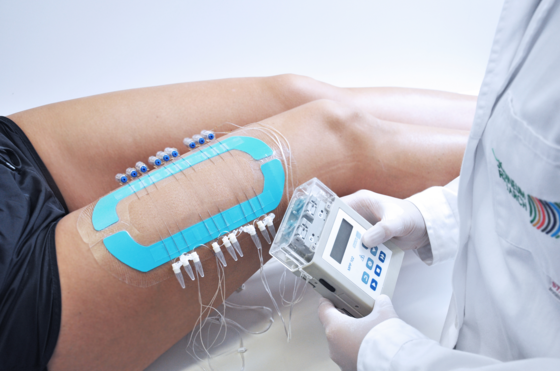
Call for Partnership
JOANNEUM RESEARCH HEALTH is seeking a limited number of clinical partners to adapt the Clinical Dermal Open Flow Microperfusion ( dOFM™) development approach.
For the last decade, JOANNEUM RESEARCH HEALTH has been pioneering the use of our proprietary dermal Open Flow Microperfusion (dOFM™) technology to support the translational development of dermal drug products. By obtaining pharmacokinetics and pharmacodynamics data at or near the sites of action in skin, dOFM™ studies have been able to rapidly derisk/endorse development decisions.
We are now seeking a limited number of clinical partners to adopt the dOFM™ development approach. We encourage you visit our website for further details and to submit your letter of interest until December 31, 2022 here:
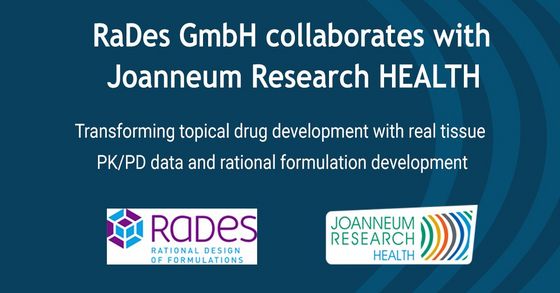
RaDes GmbH collaborates with Joanneum Research HEALTH
Joanneum Research HEALTH and RaDes GmbH are committed to accelerate novel therapeutic options for dermatology patients. Confirming our shared vison at the Skin Forum in Malmö, we would like to announce a collaboration of the formulation expertise of RaDes and the dermal Open Flow Microperfusion (dOFM) PK/PD technique of Joanneum Research HEALTH to support rational development of dermatology drug products.
In addition to pharmacokinetic (PK) profiling, HEALTHs unique and powerful dOFM allows pharmacodynamic (PD) profiling. Biological effects of the drug product can be monitored through determination of biomarkers. This offers our clients further de-risking in their development projects before entering into clinical trials.
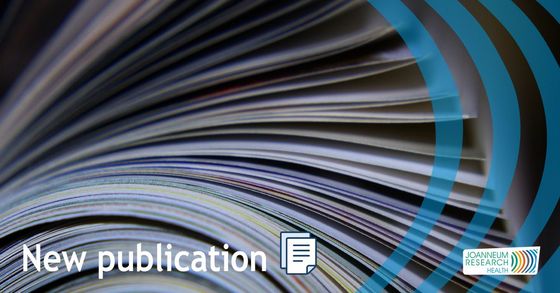
New Publication "Advanced Online Monitoring of In Vitro Human 3D Full-Thickness Skin Equivalents“
Our new publication "Advanced Online Monitoring of In Vitro Human 3D Full-Thickness Skin Equivalents" is online.
Skin equivalents and skin explants are widely used for dermal penetration studies in the pharmacological development of drugs. Environmental parameters, such as the incubation and culture conditions affect cellular responses and thus the relevance of the experimental outcome.
However, available systems such as the Franz diffusion chamber, only measure in the receiving culture medium, rather than assessing the actual conditions for cells in the tissue. We developed a sampling design that combines open flow microperfusion (OFM) sampling technology for continuous concentration measurements directly in the tissue with microfluidic biosensors for online monitoring of culture parameters. We tested our design with real-time measurements of oxygen, glucose, lactate, and pH in full-thickness skin equivalent and skin explants.
Furthermore, we compared dermal penetration for acyclovir, lidocaine, and diclofenac in skin equivalents and skin explants. We observed differences in oxygen, glucose, and drug concentrations in skin equivalents compared to the respective culture medium and to skin explants.
Read the full text here: Read more
Dermal Research at JOANNEUM RESEARCH HEALTH
Frank Sinner, Vice President Regulatory & Strategic Affairs at HEALTH - Institute of Biomedicine and Health Sciences, introduces OFM in a new video interview series, highlighting projects and services in the area of dermal research. Read more
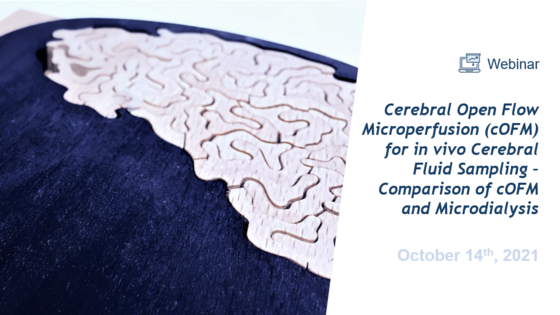
Webinar: Cerebral Open Flow Microperfusion (cOFM) for in vivo Cerebral Fluid Sampling – Comparison of cOFM and Microdialysis
Dr. Joanna Hummer and Dr. Florie Le Prieult share insights into cOFM's use and utility in the broader neuroscience field and specifically for the development of drugs for neurodegenerative diseases.
Key Topics:
- How to perform in vivo sampling of cerebral fluid with intact blood brain barrier
- Established and new fields of application for cOFM
- Comparison of cOFM and MD when sampling a lipophillic drug
- Pharmacokinetics of therapeutic antibodies investigated with cOFM and MD
Information Material:
Live Recording
Presentation Slides
Presentation with Speaker Notes
Q&A Report
Smart-4-Fabry - Innovation to improve the quality of life of Fabry disease patients
The European-funded project Smart-4-Fabry has been conceived to obtain a new nanoformulation of GLA enzyme using nanocapsules, that will improve the toleration and efficacy compared to the current enzyme replacement treatment with non-formulated GLA. The innovation aims to achieve a significant reduction of the actual high cost of Fabry disease treatment and an improvement in the quality of life of Fabry disease patients. Join the final project workshop on 03-FEB-2021. Details and more information about the project under https://smart4fabry.eu
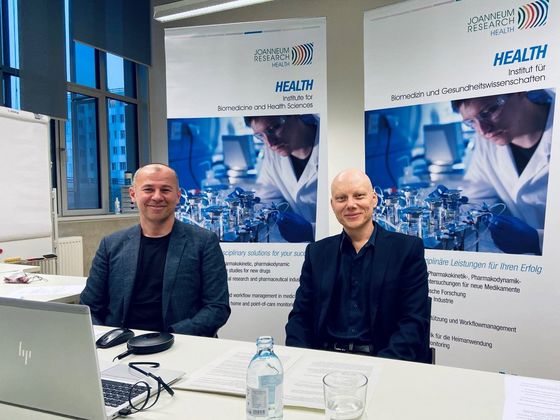
Follow Up: Webinar - Informed decisions in dermal drug development with dOFM
We are pleased to announce that we have prepared some useful content from our Webinar "Informed decisions in dermal drug development with dOFM". Please find below a collection of valuable insights, a comprehensive Q&A Catalogue and easy access to all relevant resources. Browse through a collection of questions raised by our listeners during the live webinar to see which topics are particularly relevant for our audience. Take a more detailed look at the slides and download the presentation including some additional notes from our dOFM experts.
FDA published Video about OFM
The U.S. Food and Drug Administration recently published a video showing the potential of dermal open-flow microperfusion (dOFM) for generic drug development. FDA approval for most topical generic drugs requires a clinical endpoint study to compare the therapeutic effect with the original product. JOANNEUM RESEARCH HEALTH has developed a new method and strategy (dOFM) to apply for the approval of generic drugs without the need of a clinical endpoint study. Now, the FDA has released a short video illustrating the use of dOFM to evaluate bioequivalence for topical drugs.

Collecting antibodies and large molecule biomarkers in mouse interstitial brain fluid: MS vs cOFM
In the latest issue of the Journal MABS, Florie Le Prieult and colleagues from AbbVie Germany published latest results they observed after measuring concentrations of a monoclonal anitbody - trastuzumab - in the interstitial brain fluid (ISF) of awake and freely moving mice. The only currently available methods for extracting ISF, are Microdialysis (MD) and cerebral open flow microperfusion (cOFM). For the first time, both methods were compared at a technical and performance level for the collection of large molecules in rodents. They found 10-fold higher absolute concentrations in cOFM samples compared to MD. In vivo recovery revealed an increased extraction of trastuzumab at low flow rates and a 6-fold higher absolute concentration at steady state than initially calculated with the in vitro recovery. The authors conclude that the “standardization of these complex methods makes the unraveling of ISF concentrations attainable for various diseases and modalities, starting in this study with mAbs, but extending further in the future to RNA therapeutics, antibody-drug conjugates, and even cell therapies.”
